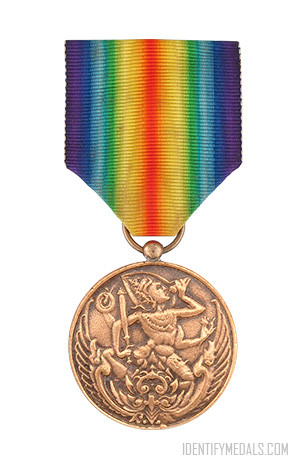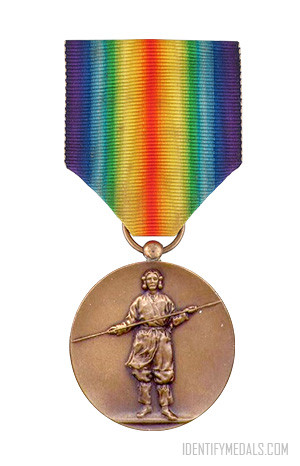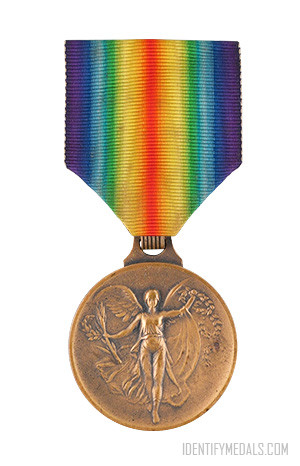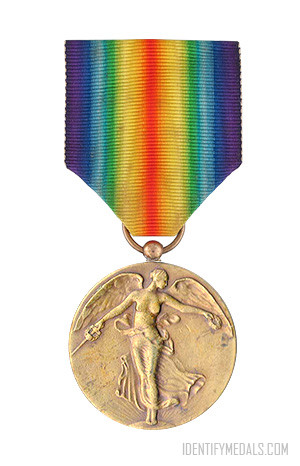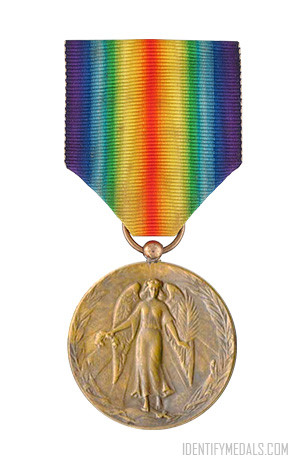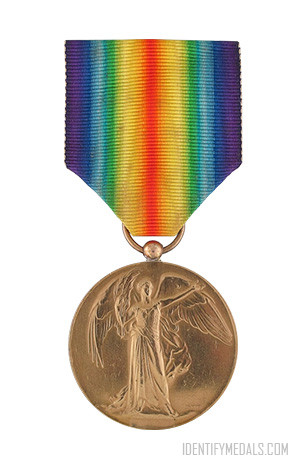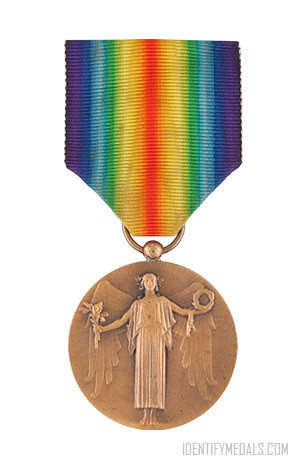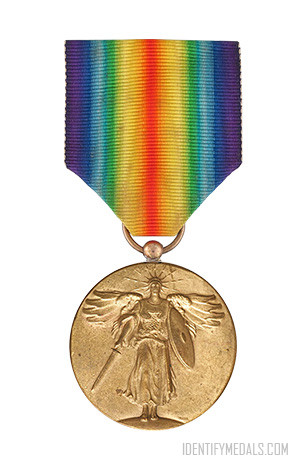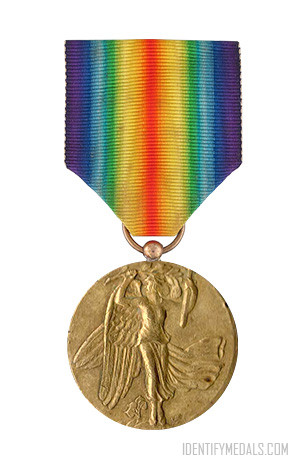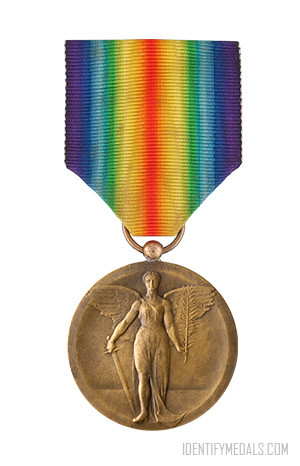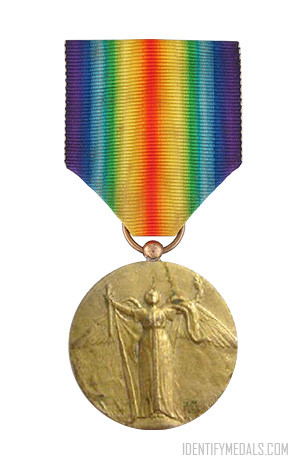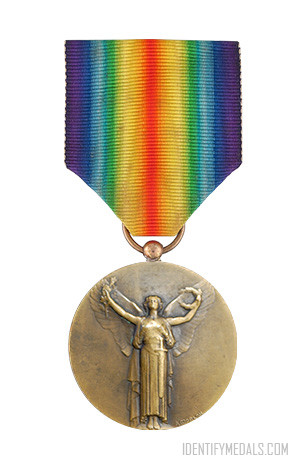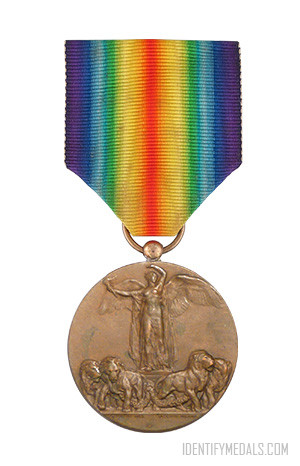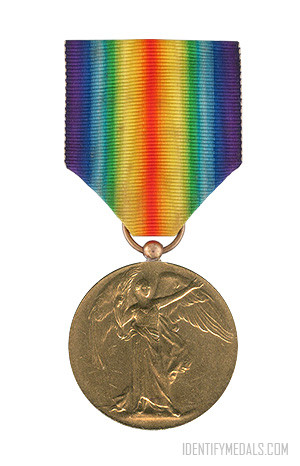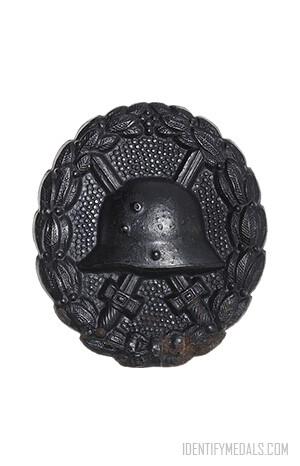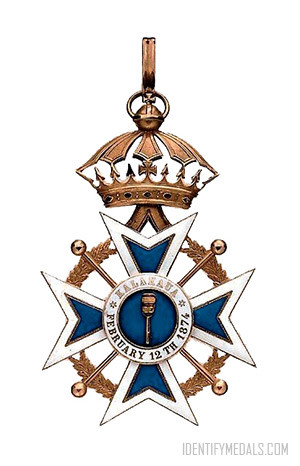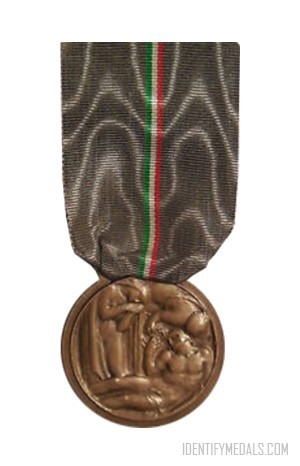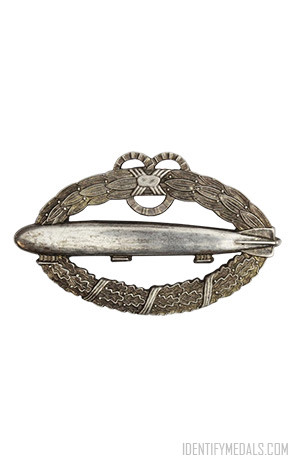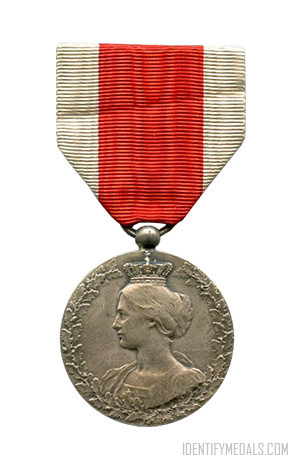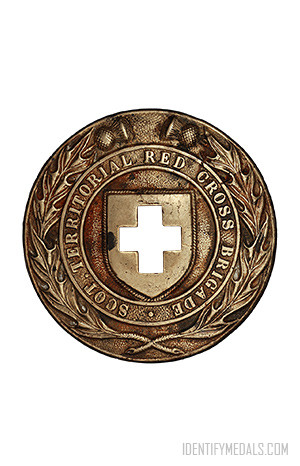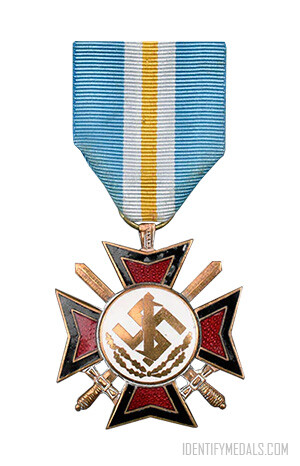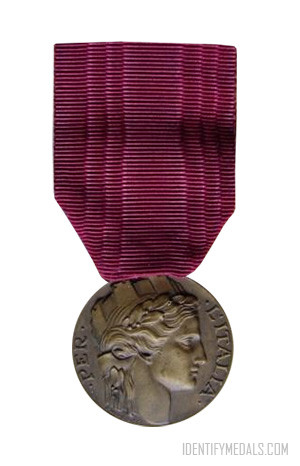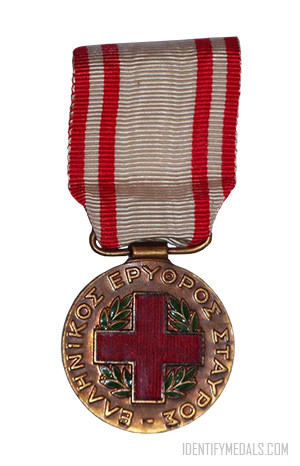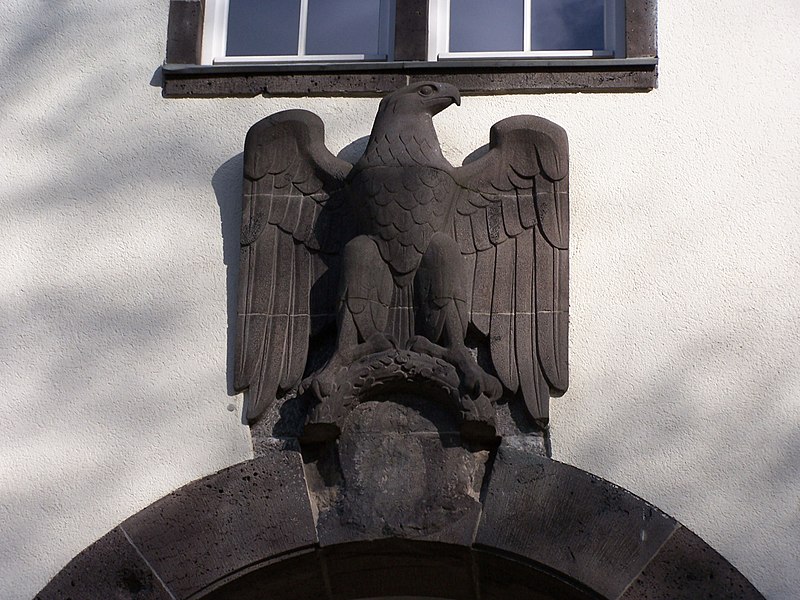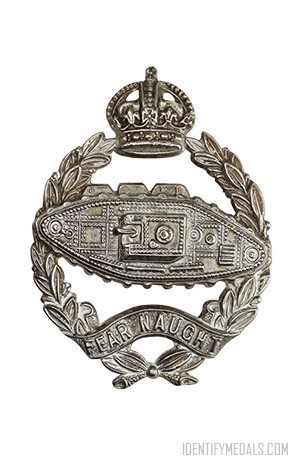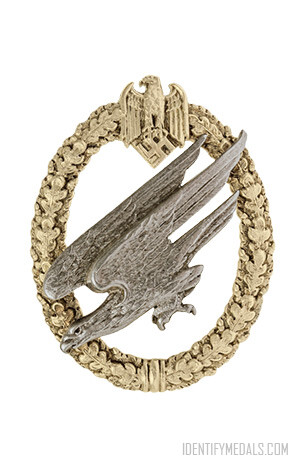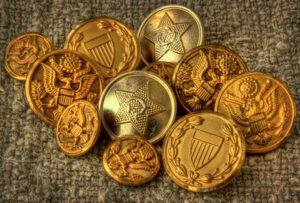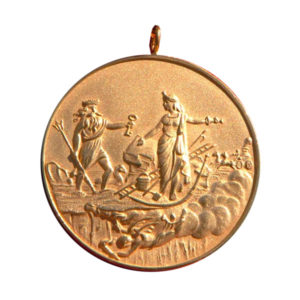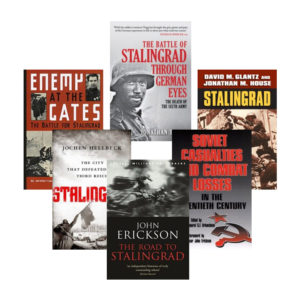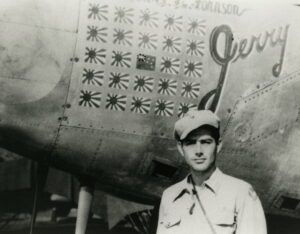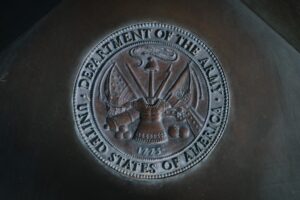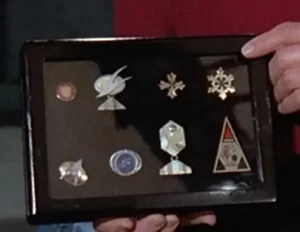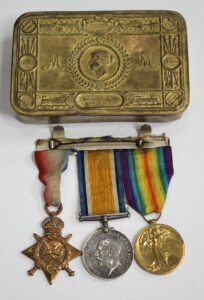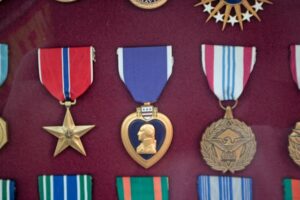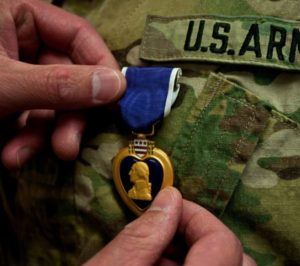- Time Period: World War I
- Institution: 1919
- Country: Siam
The Allied Victory Medal was recommended by an inter-allied committee in March 1919. Fourteen victorious countries finally awarded the medal after World War I, and each allied nation would design a ‘Victory Medal’ for award to their own nationals. Certain features were to be shared: a winged figure of Victory on the obverse and the same ribbon.
Siam declared war on Germany on 22 June 1917, after the USA’s entry to gain allied recognition of Thailand’s sovereignty in international affairs, and send an expeditionary force to France in July 1918. The official reason was to respond to Germany’s policy of unrestricted submarine warfare.
The medal (about 1,500 of them) were given to all the officers and soldiers of the task force, sailors that transported them and the royalty and staff officers.
The Siam Inter-Allied Victory Medal Design
The Victory Medal measures 36 millimetres (1.4 in) in diameter and was designed by William McMillan. The design and ribbon was also adopted by Belgium, Brazil, Cuba, Czechoslovakia, France, Greece, Italy, Japan, Portugal, Romania, Siam, Union of South Africa and the USA. Each allied nation would design a ‘Victory Medal’ for award to their own nationals, all issues having certain common features, including a winged figure of victory on the obverse and the same ribbon.
The obverse of the medal was designed by Prince Iddhidebsan Kritakara (1890-1935) and is presumed to have been manufactured at the Royal Thai Mint. There were two contemporary un-official versions, distinguishable by the ear of Vishnu being covered in all. Because Siamese culture didn’t have the traditional Western figure of victory, they instead used the image of a deity based on Vishnu riding the mythical bird Garuda holding, in its four hands, a club, a disk, a conch shell, and a lotus flower.
The reverse bears the inscription in Thai letters for ‘THE GREAT WAR FOR CIVILISATION’, within a lotus-decorated border.
The 39 millimeters (1.5 in) wide watered ribbon has an iridescent color scheme, with the violet moving through to a central red stripe where both schemes meet. It attaches to the medal through a ring suspender. The recipient’s name, rank, service number and unit were impressed on the edge of the medal. The name of the regiment or corps was omitted on medals awarded to Army officers.
All the Inter-Allied Victory Medal Variations
Although each country designed its own version of the Inter-Allied Victory Medal, all of them shared some common elements, such as a winged victory figure on the obverse and a similar ribbon with rainbow colors symbolizing unity among the Allies. Here are the versions for all countries:

